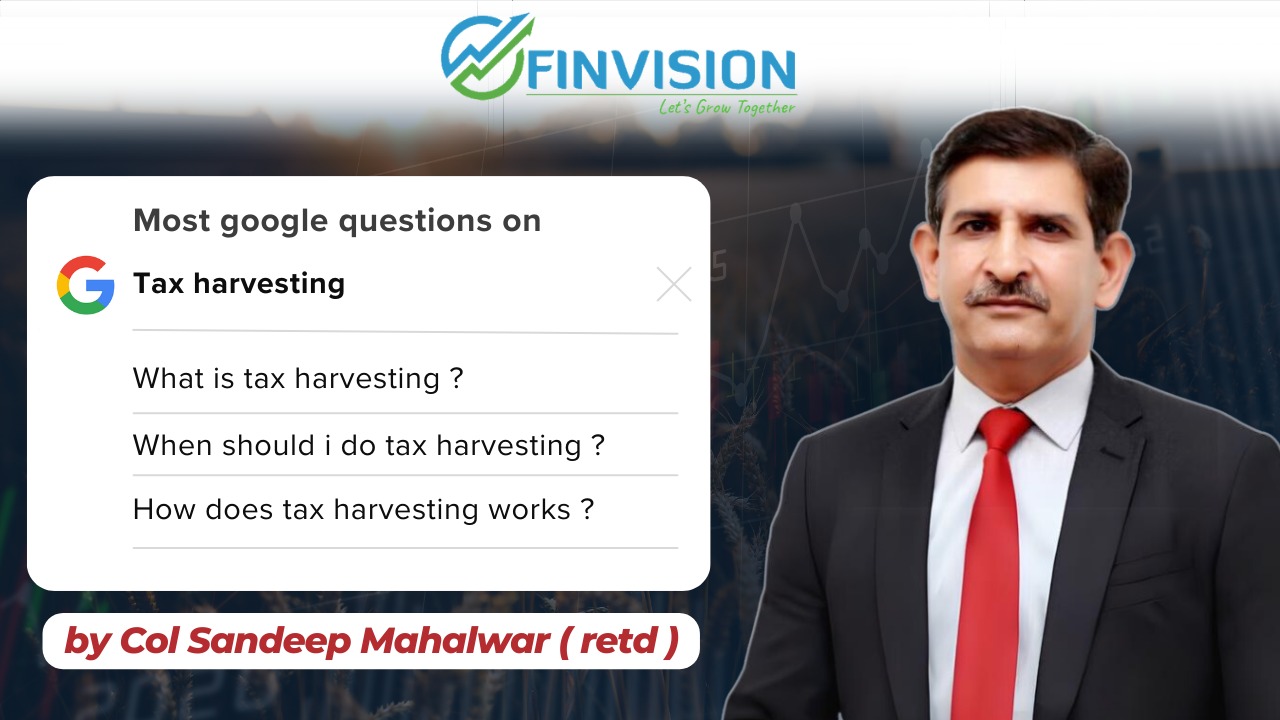

Understand your life insurance policy’s caption before making a purchase.
Two years ago, Col Shashank Shekhar (name changed), then 53, entered his bank branch to open a pension account and a fixed deposit of ₹2 Lahks, his relationship manager was more than happy to assist him along with a few pleasantries in an exclusive cabin. He helped him with the complex documentation and other formalities.
However, to his shock, the next year, he received a renewal notice from a private sector life insurer pertaining to a life insurance policy he had never purchased. It is only then he realised that the bank official had sold him a traditional endowment policy instead of opening a simple FD account.
“He had no idea that the product involved recurring annual payments. The bank official never explained the terms and conditions to him and presented the endowment policy as a regular fixed deposit.” By that time, the bank official no longer worked at the branch.
Over the years, insurance policies have been mis-sold to countless for a variety of reasons. Though the number of such mis-selling has been coming down, yet, many, especially from the armed forces fraternity, fall prey to certain dubious pitches. Here are some of the most commonly used sales pitches that you must steer clear of:
1. Insurance policy is like an FD: The promise of a guaranteed income is a prominent trap that ensnares many unsuspecting buyers. Insurance is no different. The returns under guaranteed traditional policies range at max between 4-6 percent, and you have a better chance of earning higher returns if you were to invest in other debt instruments. In fact, insurance is not at all about income or return, but protection. Instead, what you should look to buy is a simple term insurance policy. Anything apart from term insurance is a combination of investments. A regular-term policy is a great instrument to protect your family financially. You can buy a large cover at low premiums.
They are sold typically to unsuspecting senior citizens as bank fixed deposits. Also, some agents and banks wrongly present unit linked insurance policies (ULIPs) as mutual funds. Those who are less financially savvy end up investing in ULIPs without realising that these are not one-time investments. Most realise it only when they receive premium renewal reminders in the following year.
2. Insurance policy for the triple benefit of life cover, tax benefits, and investments: The oldest and most common sales pitch, particularly in the garb of tax-saving. In a hurry and attempts to save on taxes under section 80C, which offers tax deductions of up to ₹1.5 lahks on a certain set of instruments, including life insurance premiums, many from the fraternity end up buying policies they don’t need. For all the armed forces offrs, our mandatory DSOPF/AFPF/PF and AGIF/NGIS contributions, etc, largely take care of the complete 80C limit.
The solution: Do not treat tax planning as a separate and last-minute exercise. Evaluate your existing and ongoing investments and expenses, chances are that your DSOP/PF contributions and AGIF/NGIS, both eligible for deduction under section 80C, will normally exhaust the entire ₹1.5 lahks annual limit.
Tax planning should be embedded into your overall financial planning.
3. Guaranteed insurance policy to create long-term wealth and avoid market volatility: The most favored products throughout 2022 when markets were volatile. Many individuals find non-linked, non-participating, guaranteed endowment policies attractive due to the assured maturity proceeds they are promised. This is in contrast with ULIPs and participating policies where returns are market-linked. Although the latter, too, offer secure returns, they do not offer a fixed maturity amount as the final corpus depends on annual and terminal bonuses declared during the policy tenure. However, guaranteed policies offer lower returns of just around 5-6%.
Wherein, neither such policyholders get adequate insurance nor a good investment. As a rule, most traditional policies invest in debt instruments, where the returns never exceed 4-6%.
Senior citizens and non-pensioners who are looking for FD-type assured returns and monthly income with tax benefits, though, could find value in these products.
Note👉Starting 01 Apr 2023, maturity proceeds under life insurance policies with annual premiums of only up to ₹5 Lakhs annual premium are tax-free.
4. Revive your lapsed policies: Put simply, these are the policies that have turned dormant as policyholders have stopped paying premiums. Typically, tele-callers inform policyholders that their lapsed policy has accumulated bonuses, etc but needs to be revived to claim the bonus. They could be asked to pay a fee or even buy an additional/ fresh policy. These primarily unlicensed tele-callers who could have gained access to lapsed policy data often introduce themselves as insurance company representatives or even trusted bodies like the IRDA or ombudsman officials.
Key takeaways:
1. Be aware, and avoid falling into these insurance traps by reading the documents you are signing carefully, and ascertain whether you are indeed investing in an FD, or mutual fund or are being surreptitiously sold a life insurance policy with a multi-year premium payment commitment instead.
2. Never ignore verification calls from insurance companies post-policy issuance, irrespective of what your bank official or agent might have told you, answer the questions to the best of your knowledge to nip the mis-selling nuisance in the bud.
3. All insurance policies have a free look period/ window of 15-30 days to cancel the policy, you must utilise this period wherever needed.
Contact #TeamFinvision for all your Financial & Retirement Planning, Investment, Insurance, tax planning, and ITR filing needs.
Register for our next webinar on 25 Jun 2023 to know more: https://forms.gle/GYH4CTMRhXvD92Dp6
Email: info@finvision.in Contact +91-9654341212
Disclaimer: The blog is only for education and awareness purposes and data has been taken from various open online sources.











